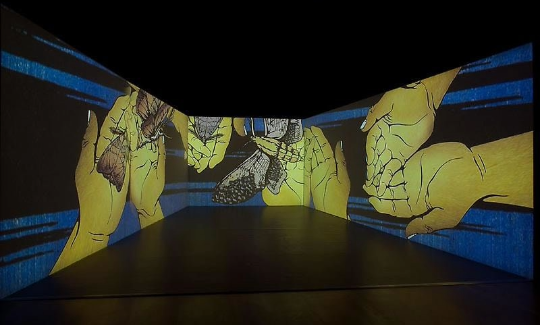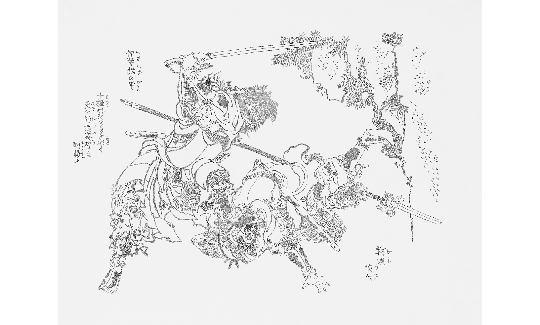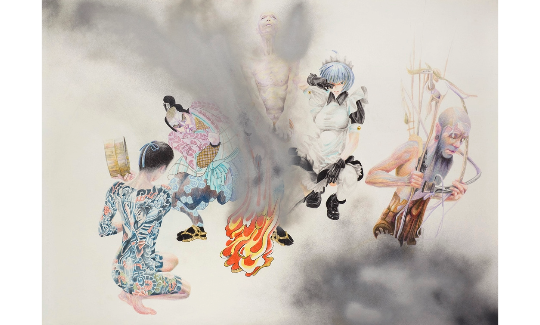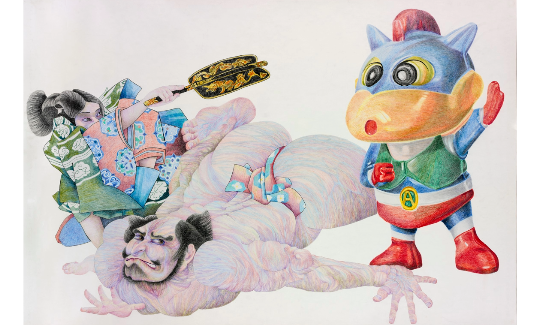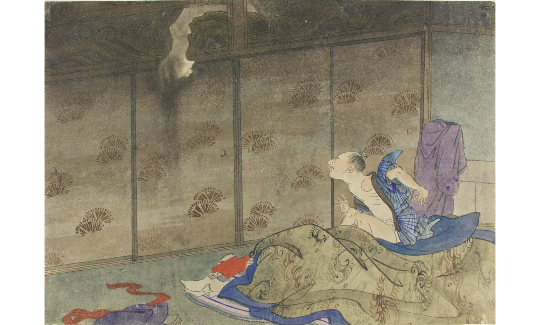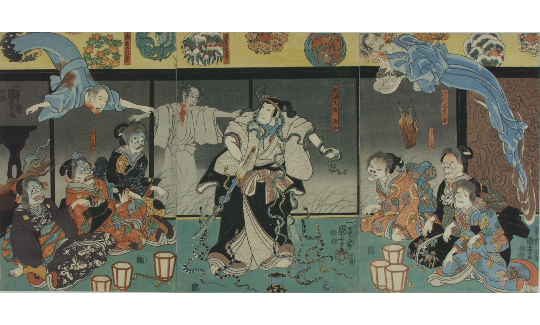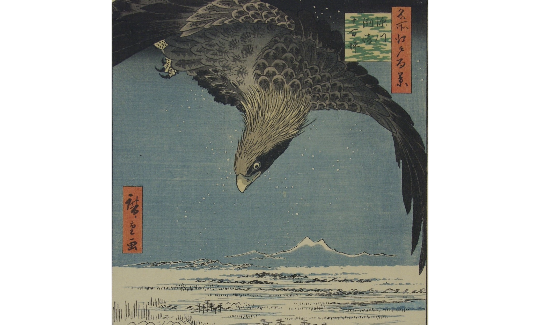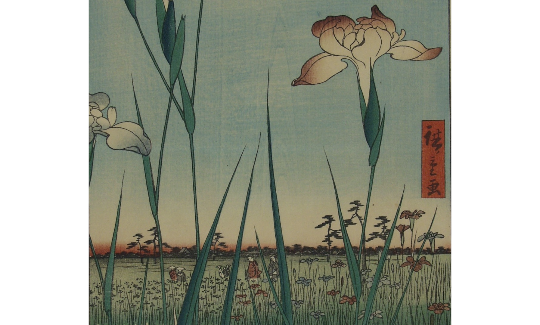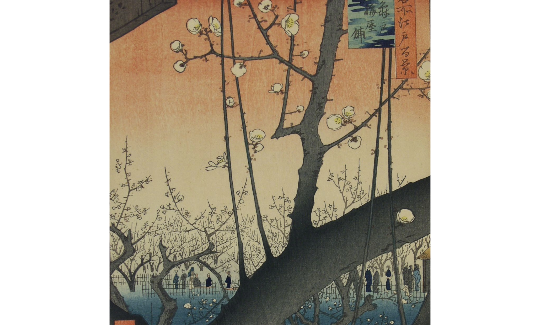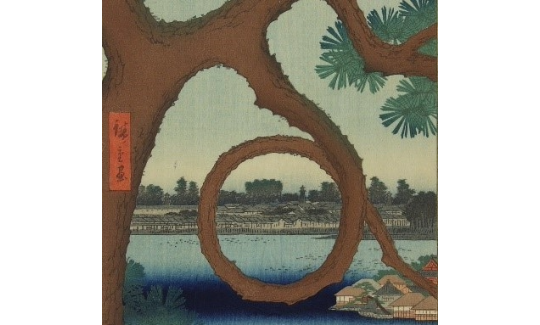Duos
Friday, 05.01.24, 10:00
Saturday, 25.05.24
curator:
Dr. Etty Glass Gissis
assistant to the curator:
Eden Shwaitzer
More info:
04-6030800 The "Duos" exhibition creates connections between traditional Japanese woodblock print artists and contemporary Japanese and Israeli artists. The first duo, Hiroshige X Tabaimo, connects one of the greatest 19th century print artists, Utagawa Hiroshige, with the contemporary video artist Tabaimo. Alongside landscape prints by Hiroshige, a video installation of the artist Tabaimo to whom Hiroshige is an important source of inspiration will be on diplay.
The "Duos" exhibition creates connections between traditional Japanese woodblock print artists and contemporary Japanese and Israeli artists. The first duo, Hiroshige X Tabaimo, connects one of the greatest 19th century print artists, Utagawa Hiroshige, with the contemporary video artist Tabaimo. Alongside landscape prints by Hiroshige, a video installation of the artist Tabaimo to whom Hiroshige is an important source of inspiration will be on diplay.
The second duo, Kuniyoshi X Kuperman, connects the woodblock print artist Utagawa Kuniyoshi with the Israeli painter Ruven Kuperman. The two artists share the same vibe that puts fantasy, grotesqueness, and a touch of violence at the center of their works. The connecting point of another duo, Hokusai X Balaban, is the aesthetics of images of warriors with a special emphasis on movement, and these are depicted in the warrior books of the artist Katsushika Hokusai and translated to the unique and refined language of the artist Yael Balaban.
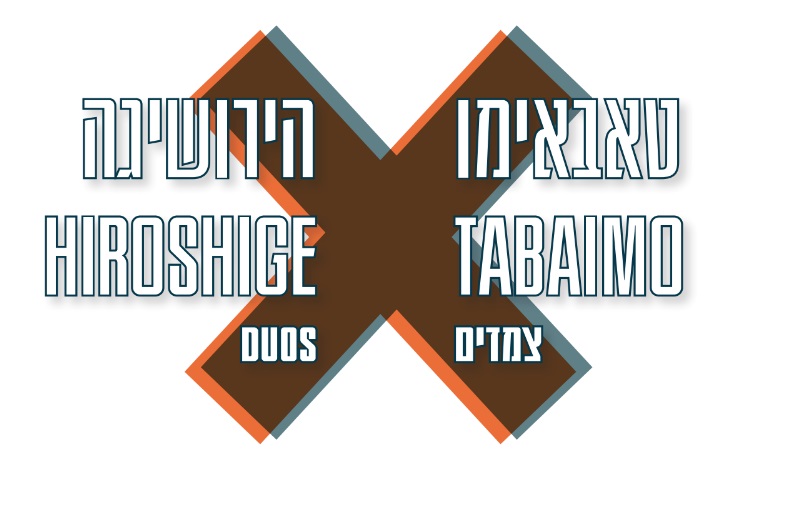
Utagawa Hiroshige (1797-1858) Hiroshige's prints depict the beauty of Japan at a time when the ban was eased on travel around the country. His prints also allow a glimpse into the daily life of the people of the time and even the flowers that grew and birds that lived there. Hiroshige was the first artist to depict landscapes in woodblock prints in a vertical orientation and not just a horizontal format, in a rich and powerful color scale. Two of the most prominent features of his works are the combination of a Japanese perspective of diagonals with a single-point western perspective and descriptions that emphasize an ephemeral episode, especially in the scenes that describe the conduct of man in nature. In addition, his works are known for depicting landscapes using unconventional perspectives. Contrary to the conventional way of presenting his prints according to thematic division or according to the series he created, this exhibition seeks to invite viewers to a different experience. The exhibition focuses on landscape prints. It is divided according to the artist's special perspectives, in which he places one large element in the front plane of the print, through which he leads the viewer along the length and breadth of the entire work with the help of complementary colors. In addition to this dimension, the exhibition seeks to emphasize Hiroshige's sensitivity to natural phenomena and his wonderful connection to the essence of a place, according to the subjects of rain, moon and night, snow, and waterfalls.
TABAIMO Tabaimo, born 1973, shines a piercing spotlight on Japanese society and its changing values. The three main characteristics of this video installation are the duality between public and private, coloration based on the tradition of woodblock prints, and her special conception of the space. |
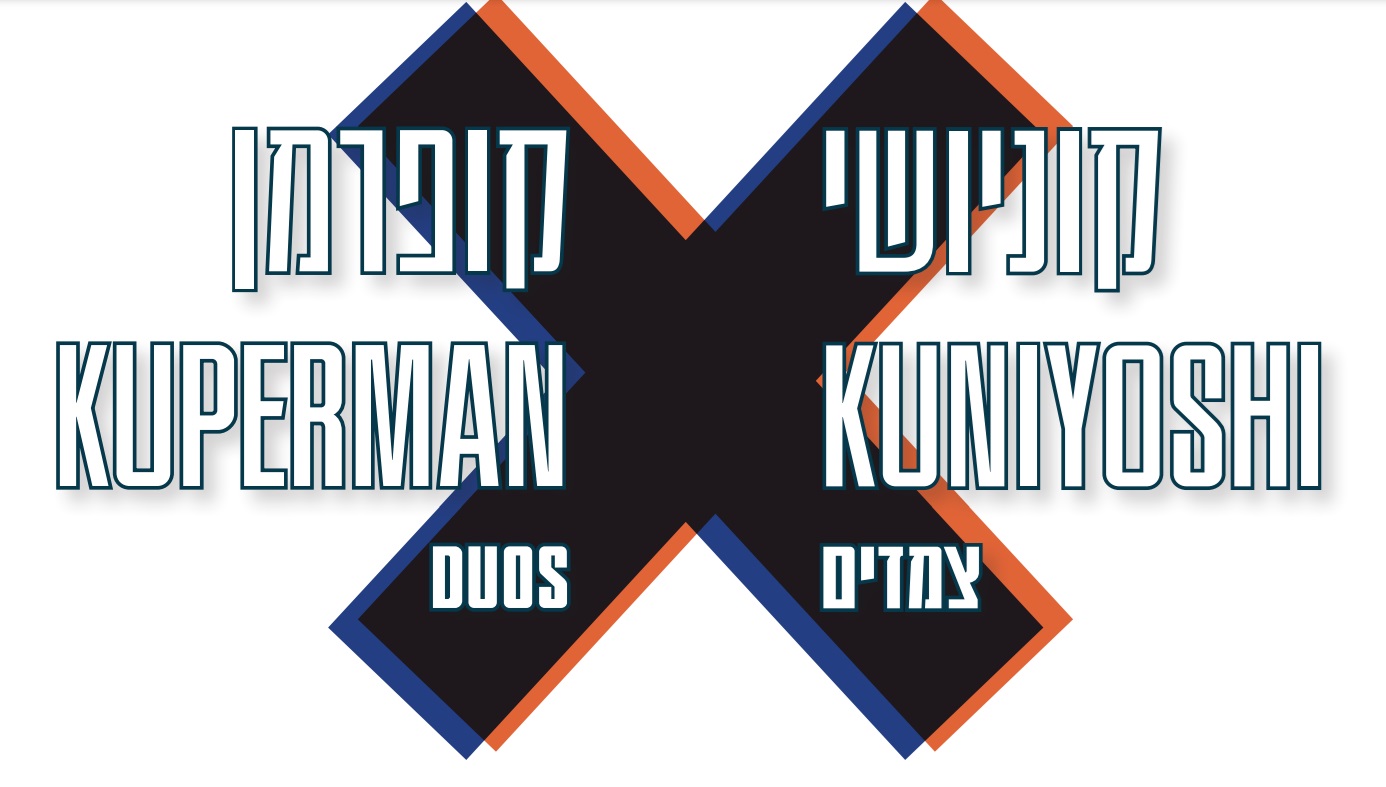
Utagawa Kuniyoshi (1797-1861) The eccentric artist Utagawa Kuniyoshi was known for his depictions of warriors and caricatures, and as an expert in western painting techniques such as shading, which he learned and completely mastered. Rich imagination, fantasy, bizarreness, and dramatics became synonymous with Kuniyoshi’s works. His original and unique take on the triptych as a single artistic space, and not as three independent scenes assembled together, is another expression of Kuniyoshi's creativity, alongside a combination of magnified bizarre elements. Kuniyoshi also engaged in political satire, which got him into difficulties several times with the bakufu regime. The images he created were used during his time and even today are popular designs for tattoos. RUVEN KUPERMAN If the artist Ruven Kuperman, born in 1964 in the Soviet Union, and Kuniyoshi were born at the same time, there is no doubt that a wonderful friendship would have developed between them. Kuperman and Kuniyoshi share the same vibe, the same sensitivity to movement and the same attraction to the aesthetics of violence (in Japanese, basara) mixed with rich imagination and humor, which developed in Japan in the middle of the 19th century. The basara aesthetic was a language parallel to and opposite that of wabi sabi which grew from Zen Buddhist philosophy. For Kuperman the scaffold of a painting is a stage, and the depicted characters are the actors. His paintings express an exaggerated and unique theatrical style and abound with illogical groupings of figures on the same platform. Thus, a bizarre meeting is created around the fire or next to a nobleman's table between a butoh dancer, a samurai, a Lolita comics character, and a yakuza man. In a conversation with Kuperman, he emphasizes the common vibe that runs like a common thread between artists from distant cultures and different eras, and suddenly a picture of Roy Lichtenstein, Caravaggio, Kuniyoshi and Ruven Kuperman sitting together around a fire seems a reasonable possibility. Alongside the paintings, Kuperman assembled a "theatre of figurines" from his private collection, acquired during his visits to Japan. The figurines, which are placed on the bar in his house and are changed frequently, allow a glimpse into one of his many sources of inspiration. |

Yael Balaban On the surface, the works of Yael Balaban, born in the Soviet Union, 1958, are taken from another world, but in fact they are the closest thing to her personal and family biography. Since 2009, Balaban has been drawing with a rapidograph (a thin pen for sketching) in a style unique to her. Her choice of creative tools and style are a consequence of the family story in which her grandfather was executed in 1938 for treason in the Soviet homeland and only in 1994, after the fall of the communist regime, did the family manage to received a document exonerating him of the crime. Balaban's unique artistic language is built from the form of loops – like the signature of the official who signed the document. In an endless cycle, meditatively, Balaban creates a world of multicultural images that testify to her own branching biography. In her works there is not a single line drawn; every image, even the smallest, is a network of loops. Apparently, there is no connection between Balaban's family and personal story to the subject of Japanese warriors, but it is present in its full force in the artistic action, the lyrical titles of the works and the message hidden in them. Similar to an encrypted script, which is unreadable to the viewer, it is an integral part of her identity as an artist. Katsushika Hokusai (1760- 1849) The descriptions of the Japanese warriors (2018) depicted here are taken from books by one of the greatest Japanese woodblock print artists, Katsushika Hokusai (1700-1600). Hokusai was known for his talent for depicting a body in motion by reducing lines and emphasizing the feeling of the moment. |

